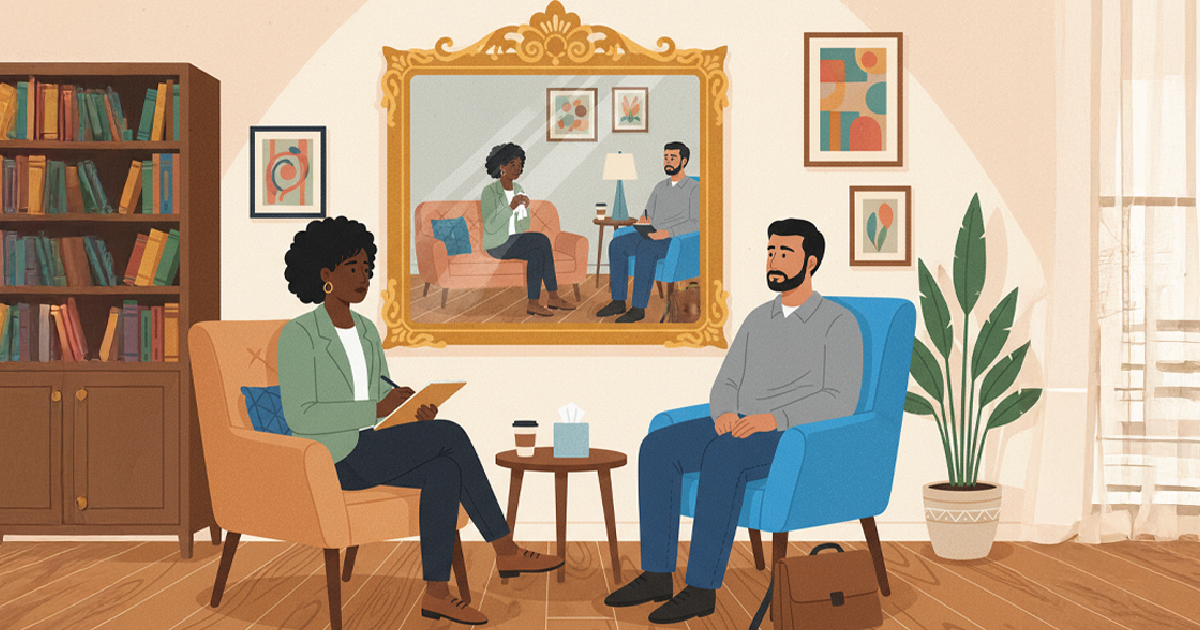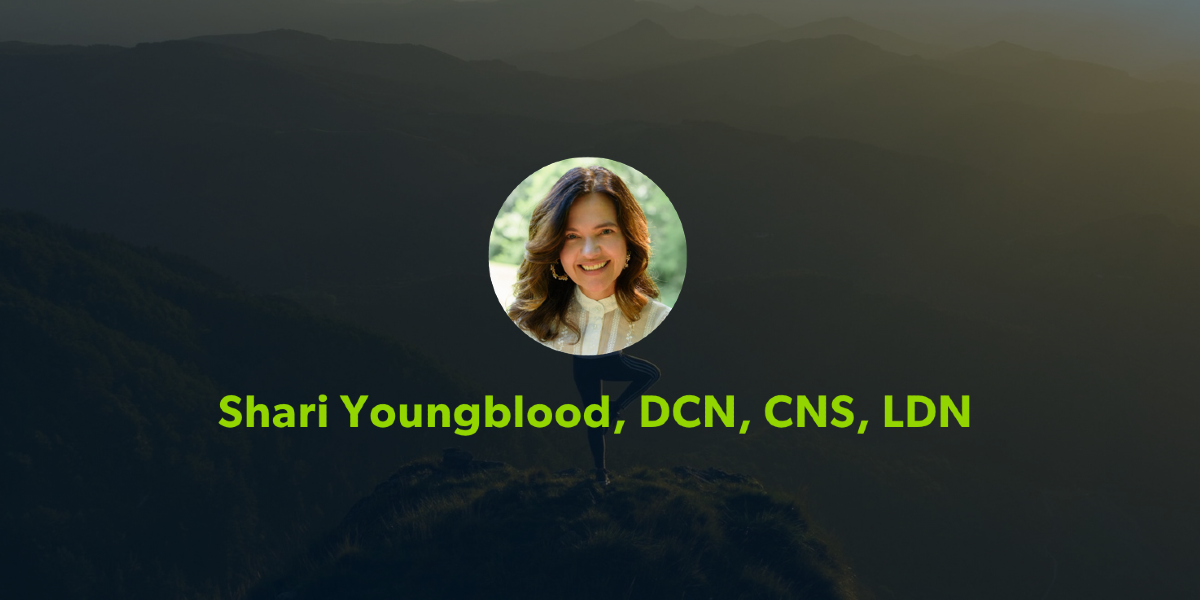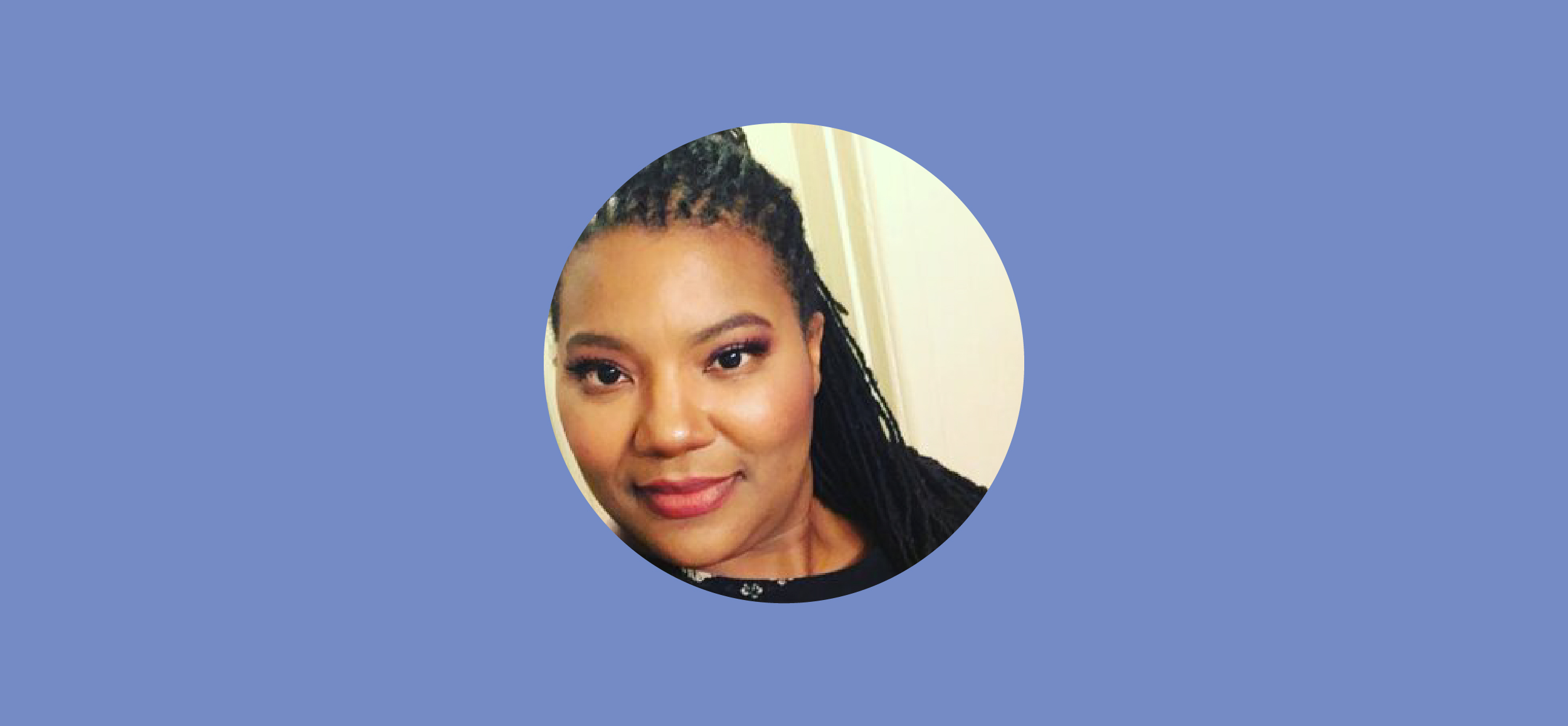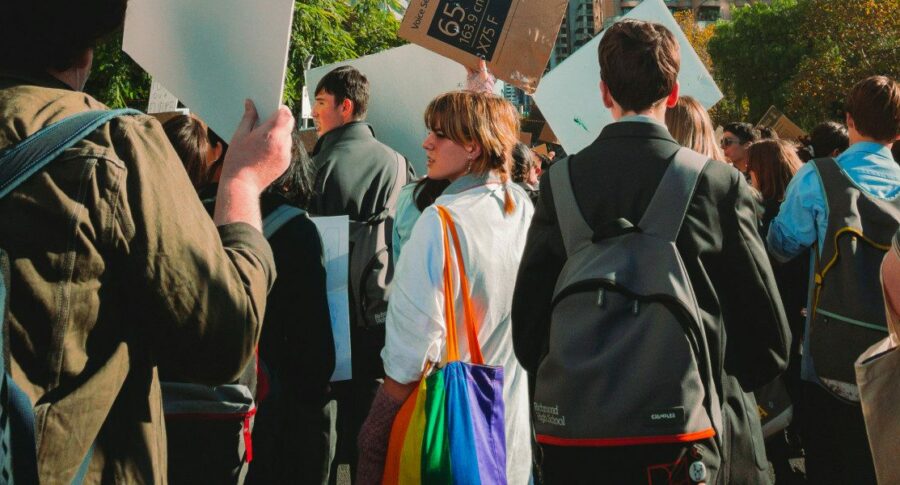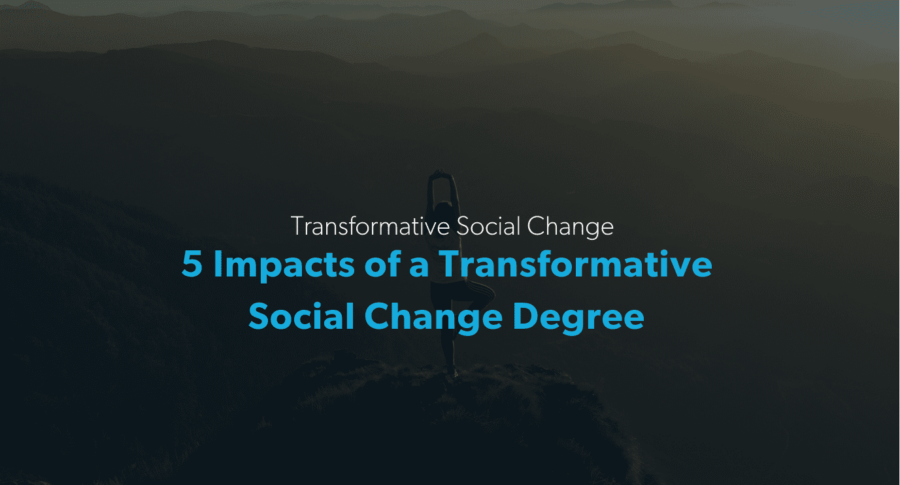The lingering pandemic exposed divisions in our society that are still trying our notions of the American way of life and have some believing that the country is in a state of irreversible decline. Faced with this climate of vexation, angst, and national self-doubt, we must ask ourselves how we got to this point and what can we do to shift both perception and reality.

Two members of the Saybrook University community are undertaking research that will help to map the contours of our societal landscape and, in doing so, may be offering a way forward. Tom Hayashi, Ph.D., Department Chair in Saybrook University’s Department of Leadership and Management, and Nancy Pearson, a Ph.D. candidate in the Department of Transformational Change at Saybrook, have examined the origins and impact of persistent phenomena that are contributing to our state of pessimism.
Dr. Hayashi is studying the effects of the pandemic on single women of color who are heads of households in the Los Angeles area, while Pearson is drawing upon her experience as a public official to trace the origins of public meetings and how they are structured to serve those in power.

The impact is plain
During the lockdown of 2020, women of color were hit with a one-two punch. According to the bureau of labor statistics unemployment among Hispanic or Latina women more than tripled from 4% to 18%, and as they were losing their jobs, they found themselves with their children at home because of the closing of schools, and therefore in need of childcare just when childcare providers were closing down as well.
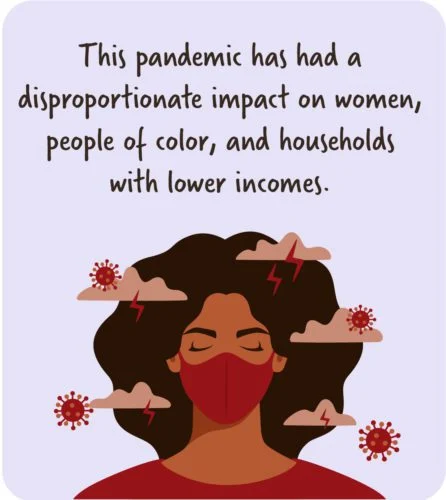
It is no wonder that former U.S. Secretary of Labor Hilda Solis says, “This pandemic has had a disproportionate impact on women, people of color, and households with lower incomes.” The reasons are apparent. As Wendy Chun-Hoon, director of the Women’s Bureau at the U.S. Department of Labor, says in a recent interview with Bloomberg News, “Because we lacked a care infrastructure heading in, everything was worse for women and women's labor force participation.”
In order to better grasp the scope of the crisis facing low-income communities, the California-based policy group New Economics for Women (NEW) sponsored a pilot study conducted by Dr. Hayashi and his colleagues at Saybrook University titled “Place-based Needs Assessment of Economically Vulnerable Populations in North Los Angeles County during the COVID-19 Pandemic.”

Understanding the scale
Among the key findings of the study was that households saw an average drop in income of $8,000 dollars, the equivalent of a 31% decrease. Additionally, over 40% reported that their primary income earner was not working fulltime and that those who had stable housing dropped by twenty points from 64 to 43%. “We’ve known all along about the stresses upon this population,” Dr. Hayashi says. “Unmet basic needs, homelessness, and food insecurity are not unknown in this country.”
In addressing the significance of the study’s findings, Dr. Hayashi references Maslow’s Hierarchy of Needs, a central tenet of humanistic psychology often displayed as a five-tiered pyramid. Needs are distinguished between “deficiency” needs, which are fundamental for survival, and higher level “growth” or “being” needs. The idea is that humans must first meet basic needs, including food and shelter before being able to devote themselves to more abstract concepts such as self-fulfillment.
This depiction of the human condition reflects one of the major underlying causes of our current divisions. While one sizable and visible segment of the population binge-watched television shows and took up COVID projects, another sizable, though less visible, segment of society depended on food pantries and eviction moratoriums to get by.

Who’s in the room where it happens?
While many people shake their heads at our inability to muster an equitable response to the current economic upheaval, one researcher was not surprised. Until recently, Nancy Pearson served on the city council of Portsmouth, New Hampshire. Before her election, she had sat on the board of the city’s cultural commission and attended many meetings in which the city’s leaders often boasted about Portsmouth’s art scene. “We punched above our weight, especially in performing arts and music, and had a pretty good emerging visual arts scene as well.”

Coming from a background in women’s empowerment and economic development, Pearson was confident she could make an impact by serving on the council, particularly in support of the arts community, which she viewed as an important economic engine for the city. Her illusions were swiftly shattered.
“When I sat on the other side of that dais as a decision maker,” Pearson recalls, “my observation was, ‘Boy, this is a really bad system,’ where truly marginalized people or the people that are really affected by the decisions that are made in these meetings aren’t at these meetings, but the people that do come already have influence and power.” The result she realized is a cycle in which the existing power structure acted to reinforce their powers. “The same thing happens with all policies,” she says, “which is a very small group of well-connected people influence the decision makers.”

Searching for a reason
After leaving office, Pearson was determined to discover the origins a system that consistently rewards those who are in power. “I quickly realized that change cannot come from the elected officials,” she says. Seeking answers to her questions about the structures she encountered in her development work and as an elected official, Pearson enrolled in the Ph.D. program in the Department of Transformational Change at Saybrook University.
Through her research, Pearson learned that this dynamic of self-perpetuating power structures was literally written into the first laws creating public hearings in England in the 18th century. The issue at the time was the transfer of public lands to private landowners. The law calling for public hearings also empowered Parliament to disregard public input. Additionally, testimony was largely given by landowners who were seeking to buy more land testifying before members of parliament who were themselves landowners. “These meetings were specifically created to be exclusionary and performative,” Pearson says.
And it wasn’t just that those in power devised the system to perpetuate their power. Pearson also recognized a clear dynamic regarding those who spoke at public hearings. They exhibited a certain type of personality, “the kind of person who likes to report,” as Pearson puts it, not consensus builders or those seeking dialogue. In other words, the type of personalities who resist changes to the status quo have been historically advantaged to exploit public hearings to tout their views.
Person began her studies at Saybrook in January of 2020, just before the lockdown and the Black Lives Matter protests and, she says, “Every single system started to break down before our eyes, and, suddenly, I didn't have to explain what I was researching or why anymore. Everyone understood.”

Measuring mobility
In Dr. Hayashi’s view, the solutions are not abstract. “We know what works,” he says. “If we provide individuals with a living wage and an education, they can become self-actualized members of society.” This means education is the most indispensable key to economic mobility and the kind of well-paying jobs that come from being educated.

With education comes increased financial reliance that can insulate those who have been traditionally vulnerable from the caprices of economic uncertainty and shifting government policies.
NEW, the organization that commissioned the Saybrook study, seeks to not merely measure women’s circumstances but also finding ways to improve. Toward that end, they assess their clients according to a series of criteria, and for each, individuals are determined to be in one of three phases: crisis, surviving, or thriving. Much like Maslow’s hierarchy, as individuals move up this scale, their horizons widen, and they are able to make decisions beyond the fundamentals of survival. The opportunity is also to support the current work of community-based organization such as NEW with injection of 21st-century resources including technology solutions such as AI-enabled solutions and mobile application to enhance financial literacy and asset building of working families.

Come to order
Similarly, Pearson sees an opportunity for positive change through a reform of the system. She is researching how the switch from in-person to online public meetings during the pandemic affected who participated and how. “I've gotten the green light from the mayor of Manchester, the largest city in New Hampshire, to do a qualitative case study on how moving from meeting in-person to online has affected the quality of civic engagement,” she says. She hopes that the data will provide insight as to how to make the public meeting process more inclusive.
Her goal is to present her findings to the New Hampshire Municipal Association and to share them across the regions so that decision makers who are in charge of public meetings, so they have data that to help them make decisions. As one of the first academic research projects specifically related to public meetings during COVID, Pearson would like to see the results guide communities to reimagine how they engage. “That’s the ultimate goal,” she says.

An opportunity for change
As we emerge from a global health crisis more gradually than most expected and anyone hoped, our society is remaking itself in unexpected ways. What remains to be seen is if the uncertainty that is roiling the American psyche signals a regression to the way things were before in which the powerful maintain their grip on an increasingly dissatisfied population who face a return to stagnant wages and an uncertain future or if this an opportunity to build upon lessons learned in a time of crisis.
Working out of the Saybrook University’s model of combining big-picture theoretical concepts with objective research data, both Dr. Hayashi and Pearson are exploring new pathways for traditionally marginalized people to contribute to our society, an approach that, in the end, will benefit everyone.

Learn more about Saybrook University
If you are interested in learning more about the community and academic programs at Saybrook University, fill out the form below to request more information. You can also apply today through our application portal.
Find Out More
Recent Posts

